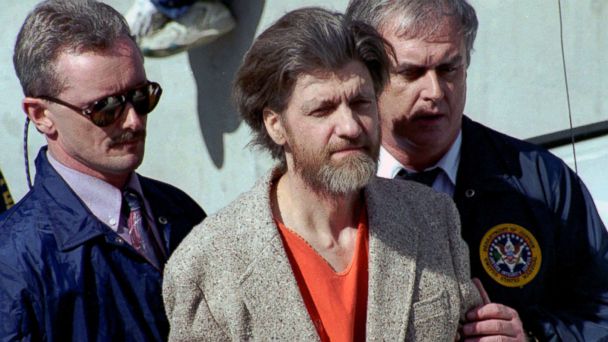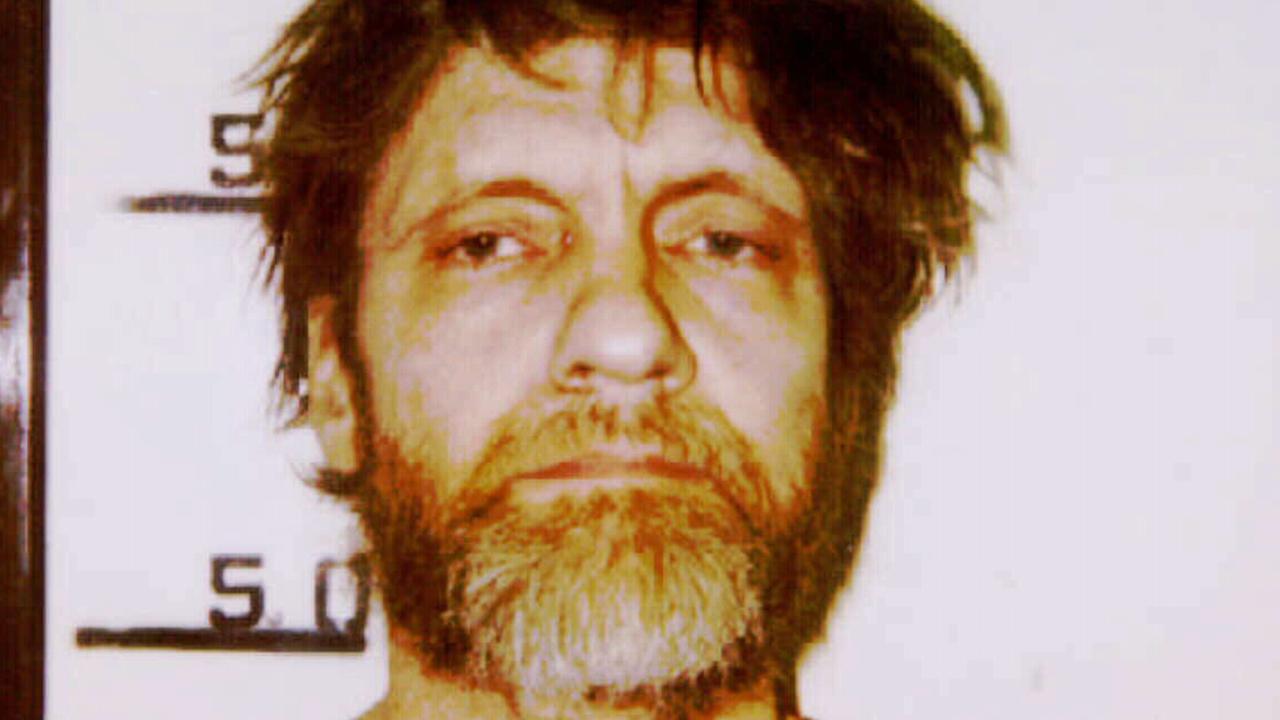How the Unabomber Evaded the FBI for Nearly 20 Years
Determined Secrecy and Self-Sufficiency
Ted Kaczynski lived an extremely isolated lifestyle deep in the Montana woods, deliberately choosing to removed himself from modern society that he so vehemently opposed. Without a job, spouse, or social connections to scrutinize, he was able to spend his time entirely focused on meticulously crafting his bombs without the distraction and risk of interaction. Kaczynski built all bomb components by hand using only basic tools to avoid leaving any identifiable traces. He was willing to hike long distances or take multi-day bus trips while carefully avoiding leaving any clues of his real identity or location. Through extreme self-sufficiency in such a remote setting, Kaczynski was able to freely plan his crimes without raising any suspicion among the small number of people he encountered.

Choosing Targets Outside His Immediate Region
While living over 1,000 miles away from his targeted victims on the West Coast, Kaczynski ingeniously complicated the investigation contours. Law enforcement would understandably start by focusing their searches near bombing sites before expanding outwards. Kaczynski exploited this logical initial response by placing physical and geographic distance between himself and his crimes. He methodically studied media coverage of his acts to assess investigative progress andensure he remained well outside established search parameters. By targeting victims across the country without any clear connections, Kaczynski cleverly obscured viable leads that may have pointed back to his remote forest hideout.
Lengthy Cooling Off Periods Between Attacks
The extended gaps of over one year between some of Kaczynski’s bombings proved strategically advantageous in eluding capture. When no new criminal incidents emerge for such prolonged stretches, investigations can stagnate as leads go cold and resources get reallocated to more active cases. Kaczynski rationally paced his activities, keeping them just frequent enough over decades to sustain media attention yet infrequent enough to avoid being identified between strikes. He shrewdly used these downtimes to meticulously plan subsequent attackswhile the trail from his previous crimes grew colder and colder.
Thriving in the Absence of Modern Technology
At a time when DNA analysis and advanced forensic techniques were still in their relative infancy, Kaczynski benefited immensely from the limitations of 1990s criminal profiling and investigation methods. Living completely detached from digital footprints or paper trails, he knew investigators would have virtually no viable records, traces, or patterns to link him to his acts. Kaczynski understood the constraints of period forensic science and that the most diligent cleaning and crafting would render his bombs largely untraceable with the analytical tools available. He had essentially sequestered himself beyond the long reach of a technology-driven manhunt.
Manipulating the Psychological Profile
Early in the investigation, the FBI issued a psychological profile of the Unabomber that proved spectacularly inaccurate by describing him as a disgruntled blue-collar worker. Kaczynski was anything but - an eccentric, off-the-grid academic recluse. This gross profiling misstep worked tremendously in his favor by steering law enforcement efforts towards an entirely incorrect class of suspects. While they exhausted resources chasing phantoms, Kaczynski felt secure confident that his actual reclusive lifestyle and mental state were nothing like what authorities inaccurately presumed about their perpetrator.
Relying on Media Coverage for Intelligence
Rather than attracting undue attention, Kaczynski instead relied heavily on monitoring media and press reports about the ongoing manhunt. His library visits granted low-profile access to following law enforcement’s progress and stay well ahead of their search efforts. Any coverage of bombs, locations, forensic leads, or profiles would clue Kaczynski into keeping his activities altered just enough to avoid detection using freshly acquired investigative intelligence. By essentially using journalists as his unwitting informants, Kaczynski ensured he perpetually maintained an advantageous knowledge edge throughout the protracted chase.
A Hermit’s Solitude Breeds Secrecy
Due to Kaczynski living essentially as a hermit for over two decades, he had no close associates, employment, or digital footprint that could expose mundane details revealing his real identity. His complete isolation supported tremendous secrecy since there were no peers, family members, or colleagues to observe his private behaviors and potentially raise red flags. Kaczynski existed as something of a ghost to anyone outside his tiny woods-based interactions. This extreme solitude made him extraordinarily difficult to investigate or connect forensically to his explosives via traditional leads since he left behind virtually no tangible societal traces. In totality, Theodore Kaczynski’s effective evasion of the FBI for so long resulted from the unique convergence of meticulous bomb-making, remote wilderness isolation, strategic target selection, self-taught investigative countermeasures, psychological one-upmanship, and absolute hermetic secrecy that his singular lifestyle alone provided. Law enforcement was up against extraordinary individual who painstakingly mitigated every avenue they had for properly identifying him through both cunning deliberate action and unconscious fortune of his peculiar circumstances. It was only through his own unraveling propaganda missive that the ultimately solvable mystery of the Unabomber was finally cracked after nearly two decades.
Taking Advantage of the Manifesto
When Kaczynski self-published his rambling 35,000 word manifesto in 1995 with hopes of amplifying his anti-technology views, it proved to be the catastrophic mistake that led to his undoing. Unfamiliar with the Unabomber’s brother David, law enforcement had no way of linking the document’s contents to Kaczynski. However, upon reading its bizarre philosophies and distinctive writing style in a newspaper, David immediately suspected his sibling as the author and bomber. He privately urged the FBI to compare the manifesto against old family documents, revealing the definitive match that finally brought the elusive criminal to ground after 17 years of carefully avoiding capture. Ironically, Kaczynski’s arrogant bid for attention through publication facilitated the very identification he had so carefully evaded with his methodical crimes and off-the-grid wilderness isolation.
The Need for Modern Policing Strategies
The difficulties faced by investigators in apprehending Kaczynski demonstrated law enforcement’s lack of effective protocols for addressing offenses committed by acutely reclusive individuals detached from modern identifying nexuses. His case highlighted the need for profiling models accounting for non-conformist suspects, coordinated intelligence databases allowing cross-referencing unknown subjects, and analytical techniques leveraging trace evidence at crime scenes. It proved the importance of allocating long-term resources towards dormant “cold cases” rather than prematurely closing them. Kaczynski exploited institutional gaps betraying how outdated assumptions can impede justice for heinous crimes. His saga underscored transforming policing approaches through adaptive scientific methods and expansive investigative scopes.
A Brother’s Intuition Proves Decisive
In retrospect, there were no guarantees the Unabomber case would ever be solved had Kaczynski’s own brother David not recognized the twisted philosophies expressed within the rambling manifesto. Despite decades of diligent detective work, law enforcement had exhausted all conventional leads and profiling strategies in trying to identify this elusive bomber. It was a family member’s uncanny intuition and familiarity with the suspect’s distinctive personality that made the critical connection instead of any police tactic. David’s willingness to trust his instincts and intervene proved the singular difference between an endless manhunt and a perpetrator finally being taken into custody. Without this one lucky breakthrough, Ted Kaczynski may have continued committing attacks indefinitely from the shadows of his remote Montana refuge.
